When you have the last name ZISCHKAU, you can’t help wondering where you you belong. I was especially confused growing up when everyone called my older sister “The Cisco Kid “ and me “Pancho,” after two Mexican desperadoes on a 1950’s TV series.
Were we Hispanic?
When my sister went to first grade, my mom told her to just say her last name was Smith. She knew no one would be able to pronounce ZISCHKAU. Ha!
But by the time I got to school, everyone knew who I was so I had to sit in the back row – last seat behind the W’s – until the teacher felt sorry for me one day and announced, “Today we’re going to do something different. The Z’s are going to sit in the front and the A’s in the back . That’ll be fun, won’t it? ” Oh, sure it will. (The beginning of my teenage eye roll.)
Were we suppose to be first or last?
Over the years I remember hearing my parents talk about a town on the German/Polish border (with our last name) whose boundaries kept changing during WWI or II. Once I tried looking for “Zischkau” on a map, but couldn’t find it.
Well, were we German or Polish?
Thank heavens for Laura Baumeister, the Zischkau family genealogist. Her mom and my dad were cousins. That makes us third cousins -- I think?! It doesn’t really matter because as soon as I met Laura a couple years ago, I felt a connection; I liked her a lot. I think we even look a little bit alike. Maybe?
Photo by Don McKinney
Turns out we are both 8th generation descendants (5th great-grandchildren) of Adam Zischkau, who was born in Schwarzbach, Thuringen, Germany in the 1700’s. I laugh over the entry “Adam married someone” every time I read it. Someone and Adam had two sons, Caspar and Heinrich. And the clan began…
Psychologist and researchers agree there is an instinctual need in people to belong, to be accepted. Whether it’s through work, sports, friends, an adopted family or a biological one, people can achieve many positive emotional effects from social connections — from being part of a group.
The Walter L. Zischkau, Jr. family: my mom, dad, sister, brother and me in 1957
I’ve definitely found that out as I’m aging. People need people at all ages.
So — if you’re under 60, why not give your older relatives and friends the gift of belonging for their birthday, anniversary, or Christmas this year. Many older people begin feeling isolated as they grow older.
And if you’re over 60, you may want to give your younger relatives and friends the gift of belonging — a sense of self, a place in this world so many of them are searching for.
But in today’s world, I realize it’s not always easy getting together with others. So if you can’t spend actual time with your family and friends, here are five great ways you can connect:
Give your relative or friend a subscription to Story Worth, a computer program that allows them to write and publish their life stories for you.
If the person is not very computer savvy, give them a huge supply of journals, notebooks, pens and pencils so they can jot down memories when they pop up. You could even stick in a list of questions to prompt them.
Gather up boxes or albums of old photographs. Ask them to label the backs with pertinent info.
Set up a video camera or tape recorder in a convenient place so they can record memories and messages throughout the year for you.
Buy a 23andMe or Ancestry.com membership and share it with your family and friends.
As I wrote in an earlier entry, 23andMe is a popular DNA testing company I’ve had fun using. It can be instrumental in developing a person’s self-identity, sense of belonging. Sadly, it’s not able to identify your biological parents if you’re looking for them, but it can show you the part of the world your relatives came from.
Although I declined to check the box that would connect me to any distant living relatives, I have enjoyed reading about my historic connections.
Who knew I had rowdy relatives raiding Europe way back when.
When I was in college, my friends and I regularly called chauvinistic, caveman-like guys “Neanderthals.” I never really thought about Neanderthals being a real group of pre-humans (before homo sapiens) who inhabited Europe and Western Asia before becoming extinct 40,000 years ago.
So it really made me laugh when I saw that I had some Neanderthal DNA that could influence MY behavior. Now, I know who to blame when things pile up in my closets, cupboards, attic, garage — under my beds and in our man cave. Ha!
There are so many emotional benefits to being part of a group — at all ages. It can create our sense of belonging, increase feelings of support, reduce loneliness, enhance self-esteem, and promote resilience. It can also serve as a warning for inherit risks and as a catharsis for repressed emotions.
— especially the emotions that come from trying to tell people how to pronounce Z-I-S-C-H-K-A-U for the 1000th time. Ha! Thank heavens, I married a Stoneburner. No, not burger — StoneBURNER. Is that German?
It’ll Be OK.
Golfing friends: Clara Schertzer, Ruby Karcher, (Me) and Sheryl Pfeifer
~~~
“We may not be perfect, but our group photos are always legendary.” ~ scoop whoop
QUESTION: DO YOU BELONG TO A FAVORITE GROUP?

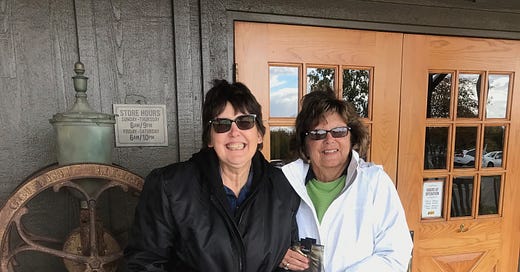




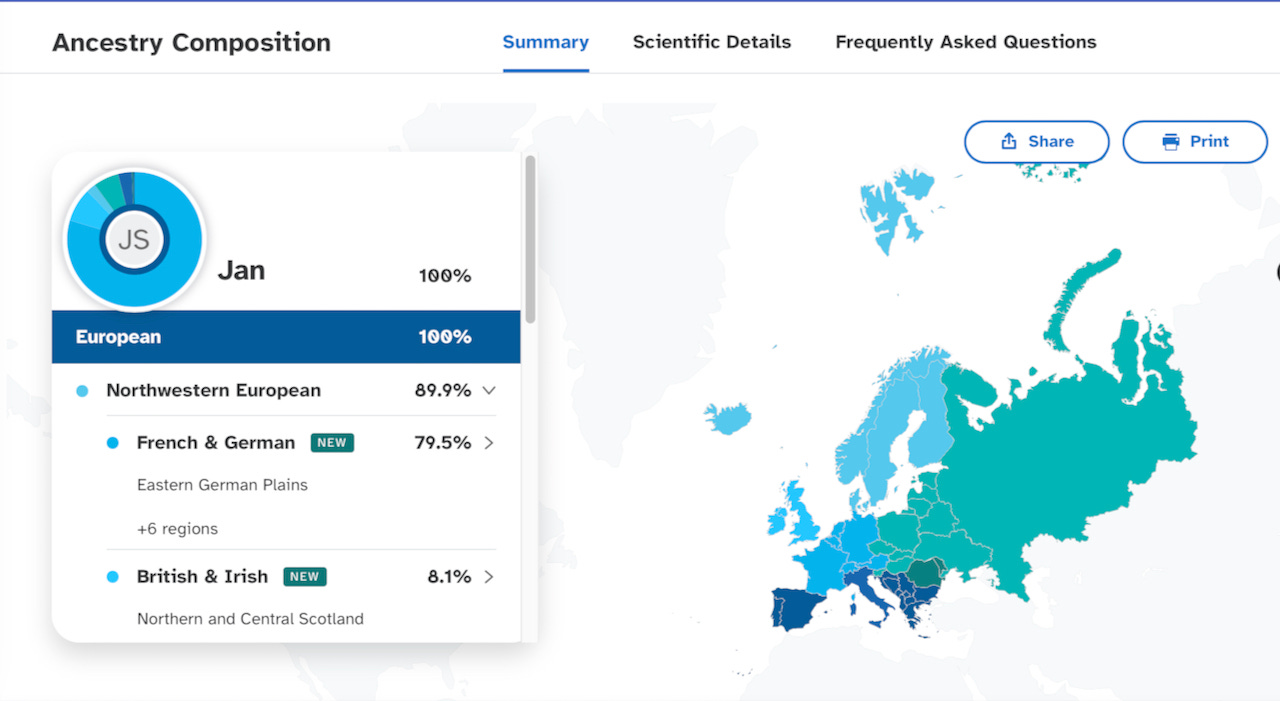
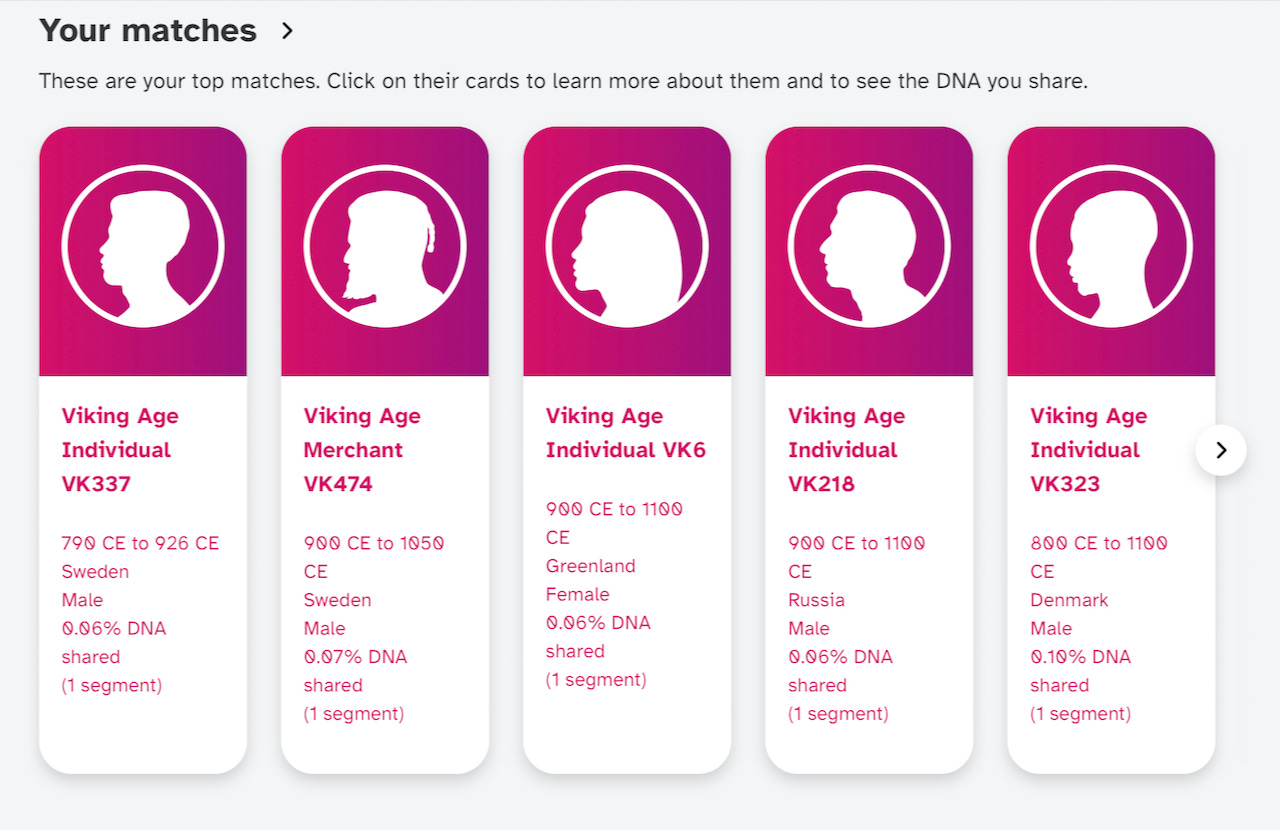
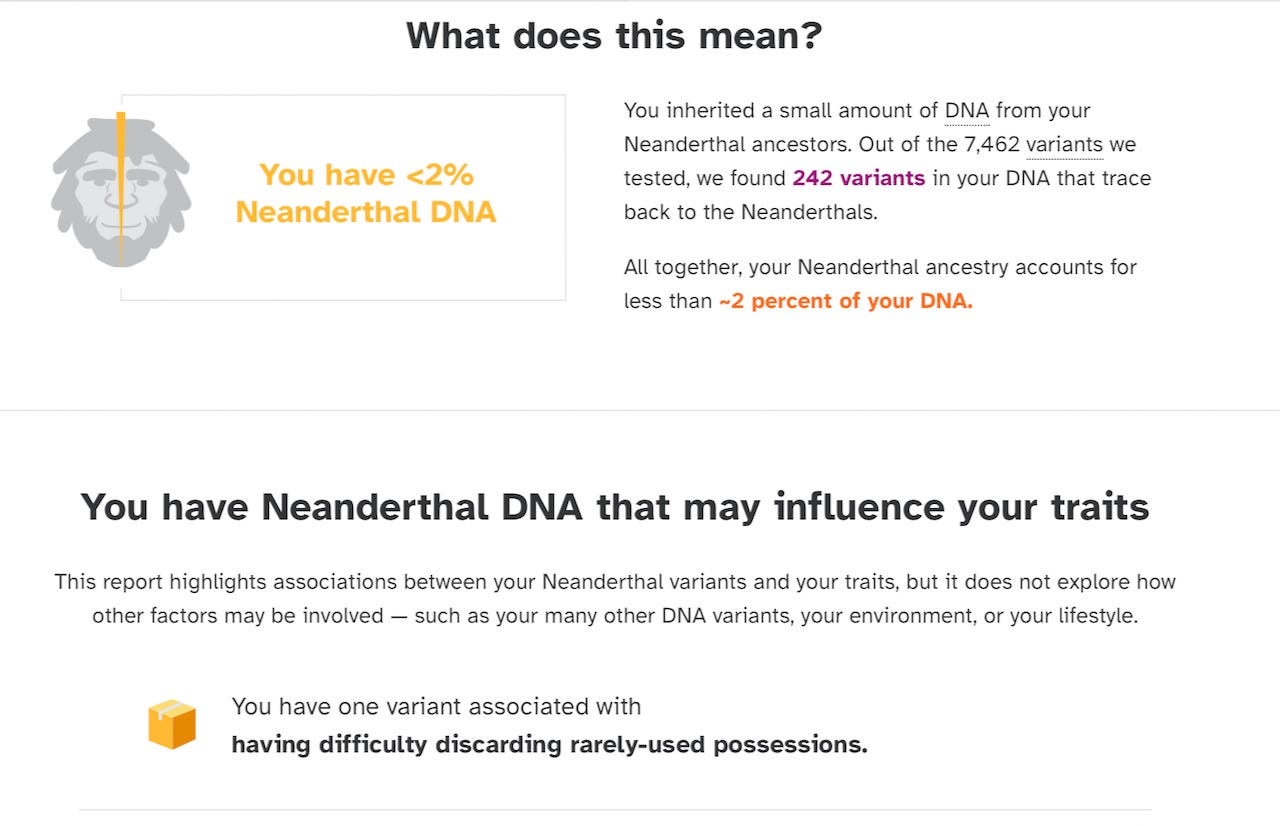
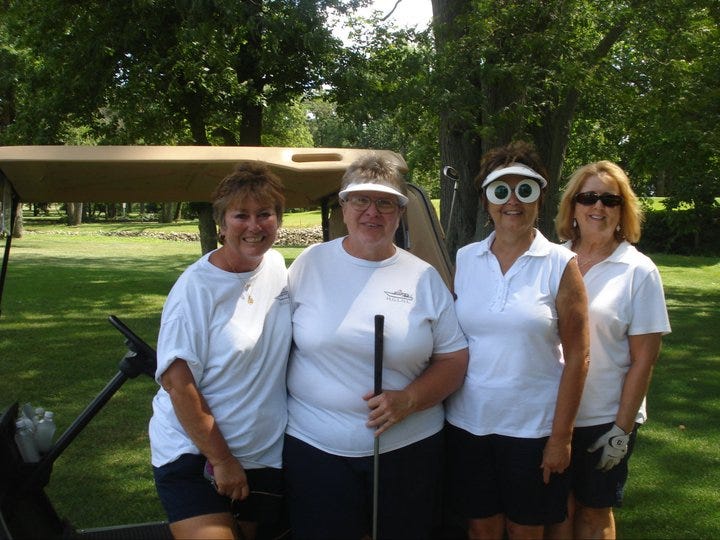
Jan I would love to find my ancestry on my polish side as my name is Halina Zielinski but my sister tried and unfortunately the Nazis had burned everything of my fathers heritage 🥲 oh and I was always behind the Ws in school 😂
Fascinating and as always fun to read. My Mom taught us how to figure out the whole cousin thing. Children of first cousins are second cousins to each other and 1st cousins once removed to their parent's first cousins. We had to figure that put as we have not just plain ordinary first cousins. Great read. 👍